1. Miami, Florida – Rising Tides and Sinking Ground

Miami’s postcard-perfect beaches and year-round sunshine come at a cost—it is one of the most vulnerable cities in the U.S. when it comes to climate change. The city is already dealing with frequent flooding, not just from storms but from something called sunny-day flooding. This happens when high tides push water up through storm drains, turning streets into canals. The situation is only expected to worsen as sea levels continue to rise, threatening homes, infrastructure, and even the region’s drinking water supply.
Hurricanes have always been a part of life in Miami, but as the climate shifts, storms are becoming stronger and wetter, meaning they cause more damage and are harder to recover from. City officials have been working on solutions, such as installing pumps and raising roads, but these fixes are temporary. If trends continue, some experts believe parts of Miami could become unlivable within this century. Homeowners are already seeing the impact in the form of rising insurance rates and declining property values in flood-prone areas.
2. New Orleans, Louisiana – A City Below Sea Level

New Orleans is already facing a perfect storm of climate risks: it sits below sea level, is surrounded by water, and has experienced some of the most devastating hurricanes in recent history. Katrina in 2005 was a wake-up call, exposing how vulnerable the city is when flood defenses fail. Since then, billions of dollars have been spent on levees, flood walls, and drainage systems, but these measures are racing against time. Climate projections show that sea levels could rise by several feet in the coming decades, putting much of the city at risk of permanent flooding.
The region is also seeing stronger hurricanes and more intense rainfall, which can overwhelm its pumping system, leaving streets underwater for days. To make matters worse, the land under New Orleans is sinking due to natural and human-caused factors. The Mississippi River Delta, once a vast buffer against storm surges, is disappearing as wetlands erode. Without significant intervention, the future of New Orleans could look very different—or, in some places, not exist at all.
3. Phoenix, Arizona – Extreme Heat Becoming Unbearable
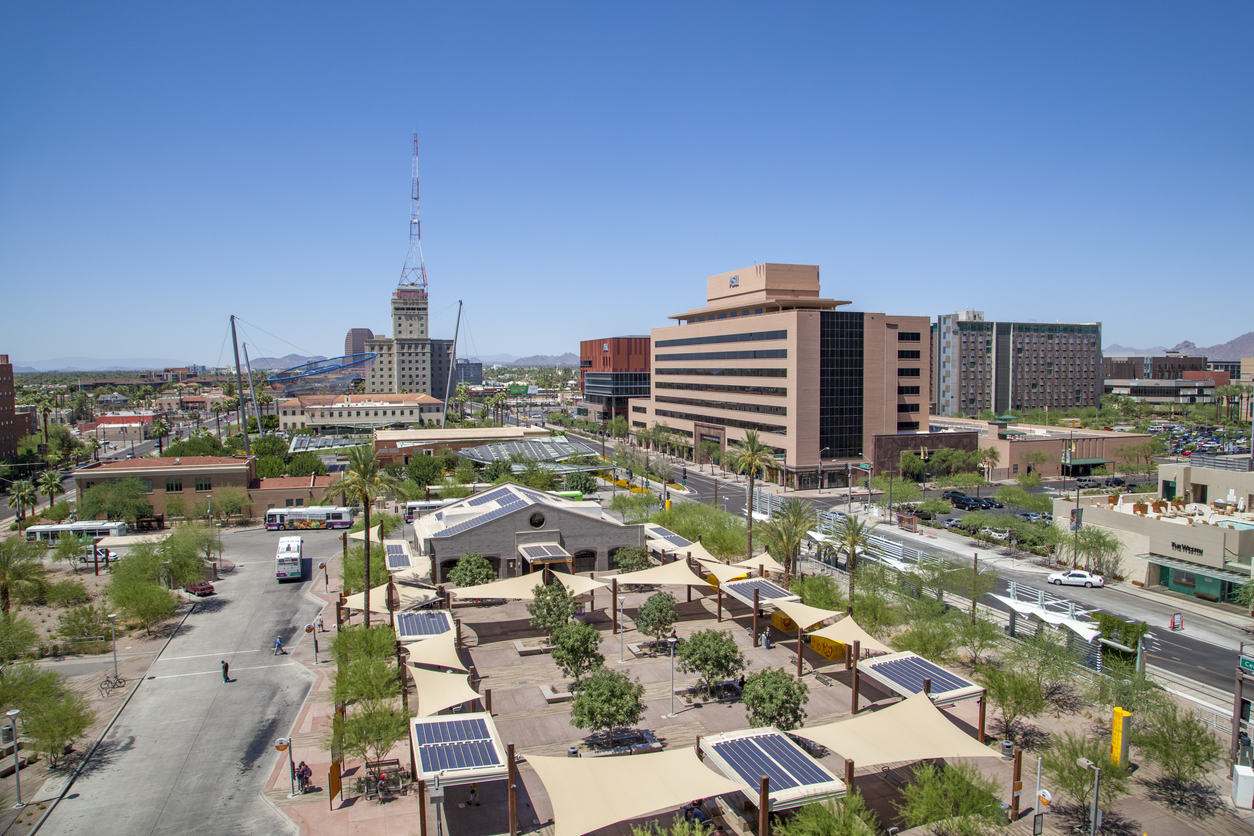
Phoenix is no stranger to hot summers, but in recent years, the heat has been reaching deadly extremes. The city now regularly experiences summer temperatures above 110°F, with heatwaves lasting longer and becoming more frequent. Climate models predict Phoenix will see even hotter days ahead, pushing the limits of what human bodies and infrastructure can handle. Air conditioning is a lifeline, but not everyone can afford to keep it running all day. Heat-related illnesses and deaths are rising, especially among vulnerable populations like the elderly and the homeless.
Beyond personal health, extreme heat is taking a toll on the city itself. Roads buckle, power grids strain under demand, and water sources are drying up. The Colorado River, which supplies much of Phoenix’s water, is seeing historic shortages, raising concerns about long-term sustainability. If temperatures keep climbing and water becomes scarcer, Phoenix could become one of the first U.S. cities where climate change forces people to leave.
4. New York City, New York – Flooding and Superstorms
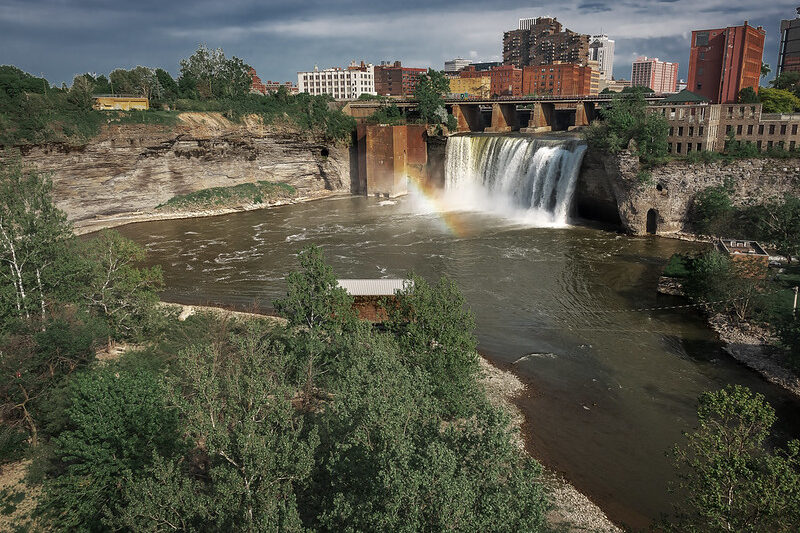
New York City may not seem like a climate disaster zone, but rising sea levels and stronger storms are changing that perception. Superstorm Sandy in 2012 was a wake-up call, flooding subways, cutting off power to millions, and causing billions in damages. Since then, the city has taken action, investing in seawalls, flood-resistant buildings, and storm preparedness. However, with projections showing that sea levels could rise over a foot in the next few decades, even those measures might not be enough.
Beyond storms, regular flooding is becoming more common in lower Manhattan, Queens, and parts of Brooklyn. Heavy rainfall overwhelms drainage systems, leaving streets and basements submerged. Meanwhile, the city’s dense infrastructure creates something called the urban heat island effect, making already hot summers even hotter. If climate change continues at its current pace, New York could face frequent storm disasters, unbearable heat, and economic strain as insurance costs rise and property values fluctuate.
5. Houston, Texas – Storms, Flooding, and Rising Heat

Houston is known for its energy industry, but it’s also becoming known for extreme weather. The city has seen devastating floods in recent years, from Hurricane Harvey in 2017 to repeated heavy rain events that leave neighborhoods underwater. Because much of Houston is built on flat, low-lying land with poor drainage, even a heavy thunderstorm can cause major flooding. Climate change is making storms more intense, meaning more rainfall in shorter periods, leaving the city vulnerable to repeated disasters.
Heat is another growing problem for Houston. While the city has always been warm, climate trends are pushing summer temperatures even higher, increasing the number of days where the heat index soars above dangerous levels. With its rapid urbanization, the city’s concrete-heavy landscape traps heat, making nighttime temperatures stay high. Rising temperatures, combined with worsening storms, mean Houston could see more frequent and costly climate disasters in the near future.
6. Charleston, South Carolina – A Historic City at Risk

Charleston is a city rich in history, with its cobblestone streets, colonial architecture, and waterfront charm. But all of that is at risk as rising sea levels threaten to reshape its coastline. The city already experiences regular flooding, even on sunny days, as higher tides push water into streets and homes. During storms, the situation worsens, with neighborhoods becoming inaccessible and damage costs rising. Some estimates predict that parts of Charleston could be permanently underwater within the next century if current trends continue.
Hurricanes are also a growing threat, with storms becoming stronger and wetter due to climate change. Charleston’s location makes it highly vulnerable to storm surge, which can push walls of water into the city. Officials have been working on flood barriers and drainage improvements, but with water levels rising and storms intensifying, it’s a race against time. Many residents worry about the long-term future of their city, with insurance rates rising and some properties already becoming too risky to insure.
7. Los Angeles, California – Drought, Wildfires, and Extreme Heat
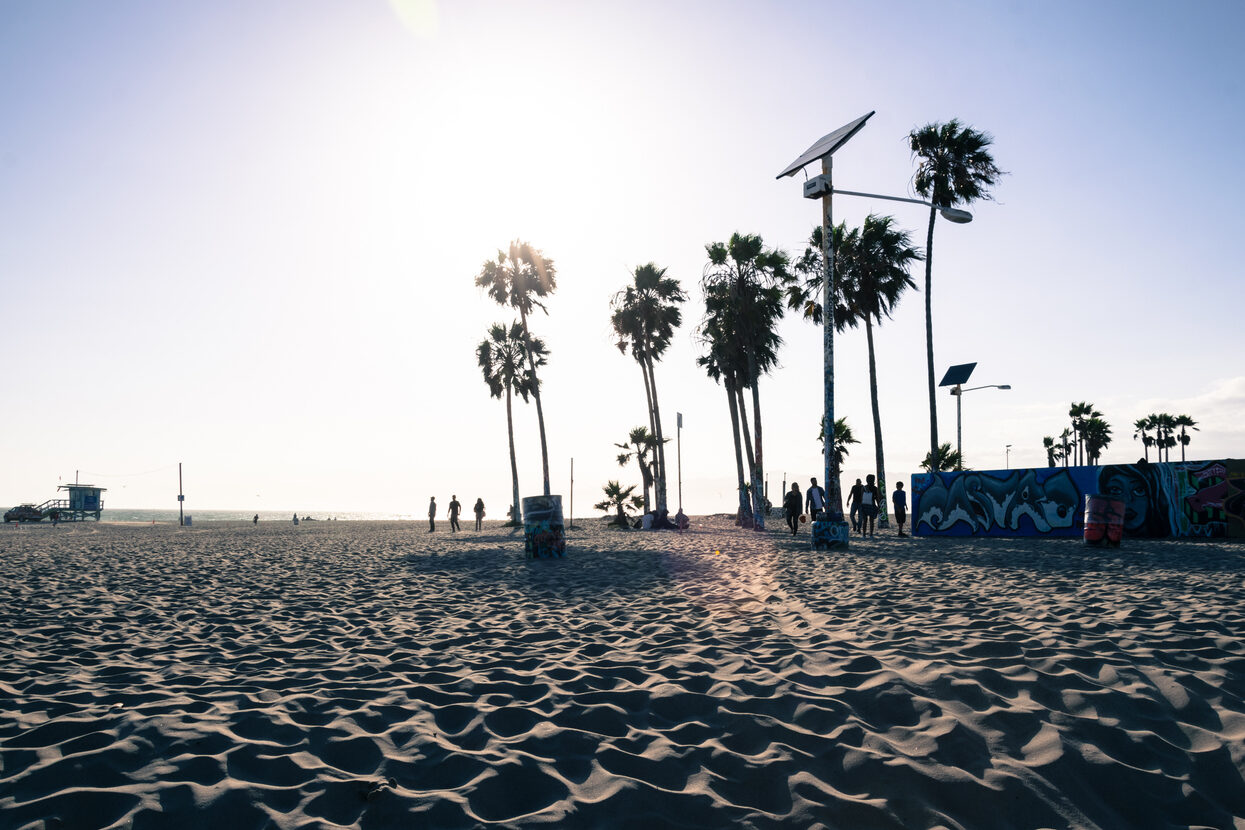
Los Angeles may be known for its glamorous lifestyle, but it’s also becoming a hotspot for climate-related disasters. One of the biggest concerns is water—California has been facing prolonged droughts, making water shortages a growing crisis. The city relies on distant water sources, and as those dry up, residents face stricter water restrictions and higher costs. In addition, rising temperatures are turning LA into an urban heat trap, with more extreme heatwaves pushing the limits of what’s comfortable or even survivable.
Wildfires are another massive concern. As the climate becomes drier and hotter, fires are breaking out more frequently and burning larger areas. Communities in the hills and canyons surrounding LA are particularly vulnerable, with some neighborhoods seeing repeated evacuations. Smoke from wildfires also affects air quality, creating health risks for millions. If these trends continue, LA could face an uncertain future where water shortages, extreme heat, and devastating wildfires become the new normal.
8. Norfolk, Virginia – Sinking Land and Rising Seas
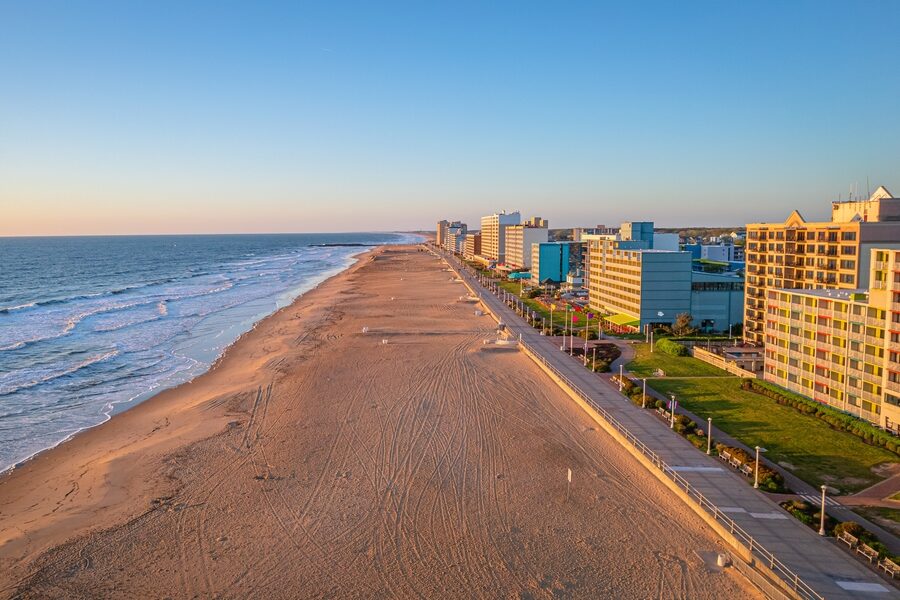
Norfolk is one of the fastest-sinking cities in the U.S., and when combined with rising sea levels, it faces a double threat. The land is naturally subsiding due to geological factors, while climate change is pushing ocean levels higher, making flooding a growing concern. During high tides, some streets in Norfolk are already impassable, and storm surges from hurricanes pose an even greater risk. The city’s military base, one of the largest in the country, is also threatened by sea-level rise, which could have national security implications.
Efforts are underway to build flood barriers and improve drainage, but many residents worry about long-term solutions. Some neighborhoods are already experiencing declining property values due to repeated flooding, making it harder for homeowners to sell. If sea levels continue rising as predicted, large portions of Norfolk could become unlivable within this century. The question for residents and city planners is not if flooding will get worse, but how much worse it will get—and what can be done about it.
9. Sacramento, California – The Flood Risk No One Talks About
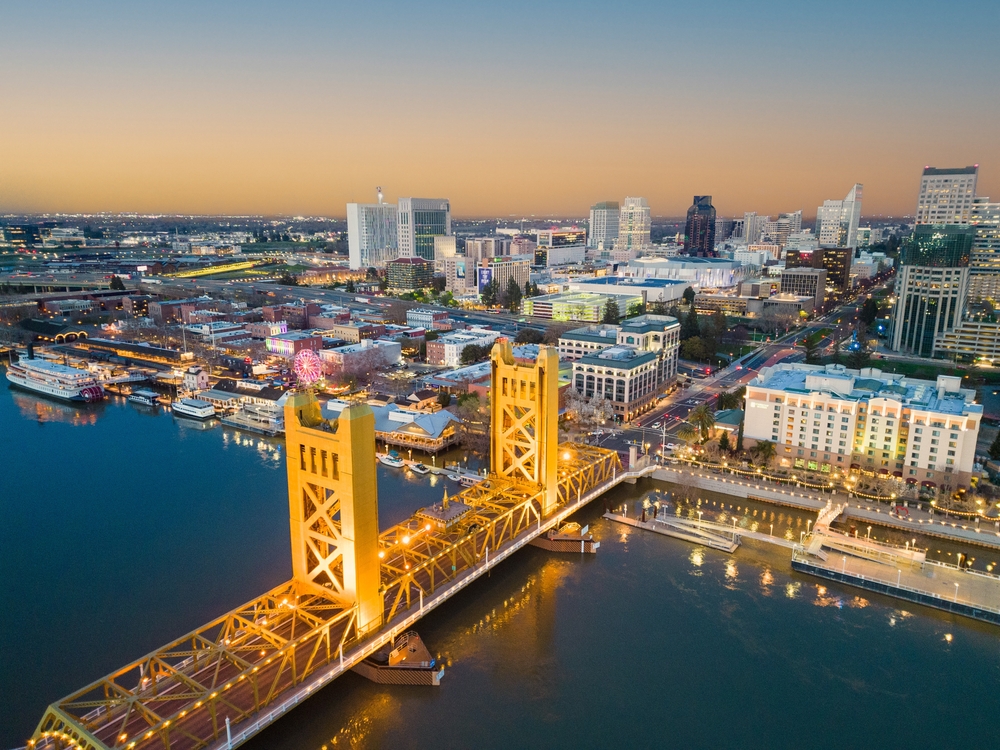
While much of California’s climate concerns focus on droughts and wildfires, Sacramento has another problem: flooding. The city sits at the confluence of two major rivers, and as climate change brings heavier rainfall and more extreme weather patterns, the risk of catastrophic flooding is increasing. The region relies on a network of levees to protect against floodwaters, but those levees are aging and could fail under the stress of a major storm. If that happens, large portions of Sacramento could be underwater.
In addition to flooding, Sacramento faces rising heat risks. Summers are getting hotter, and the number of extreme heat days is increasing. With its inland location, the city doesn’t benefit from coastal breezes, meaning heatwaves can linger for days. Combined with ongoing drought concerns, Sacramento could face multiple climate challenges in the coming decades. While it may not be as high-profile as LA or San Francisco, Sacramento’s climate risks are real—and growing.
10. Boston, Massachusetts – A City Battling the Elements
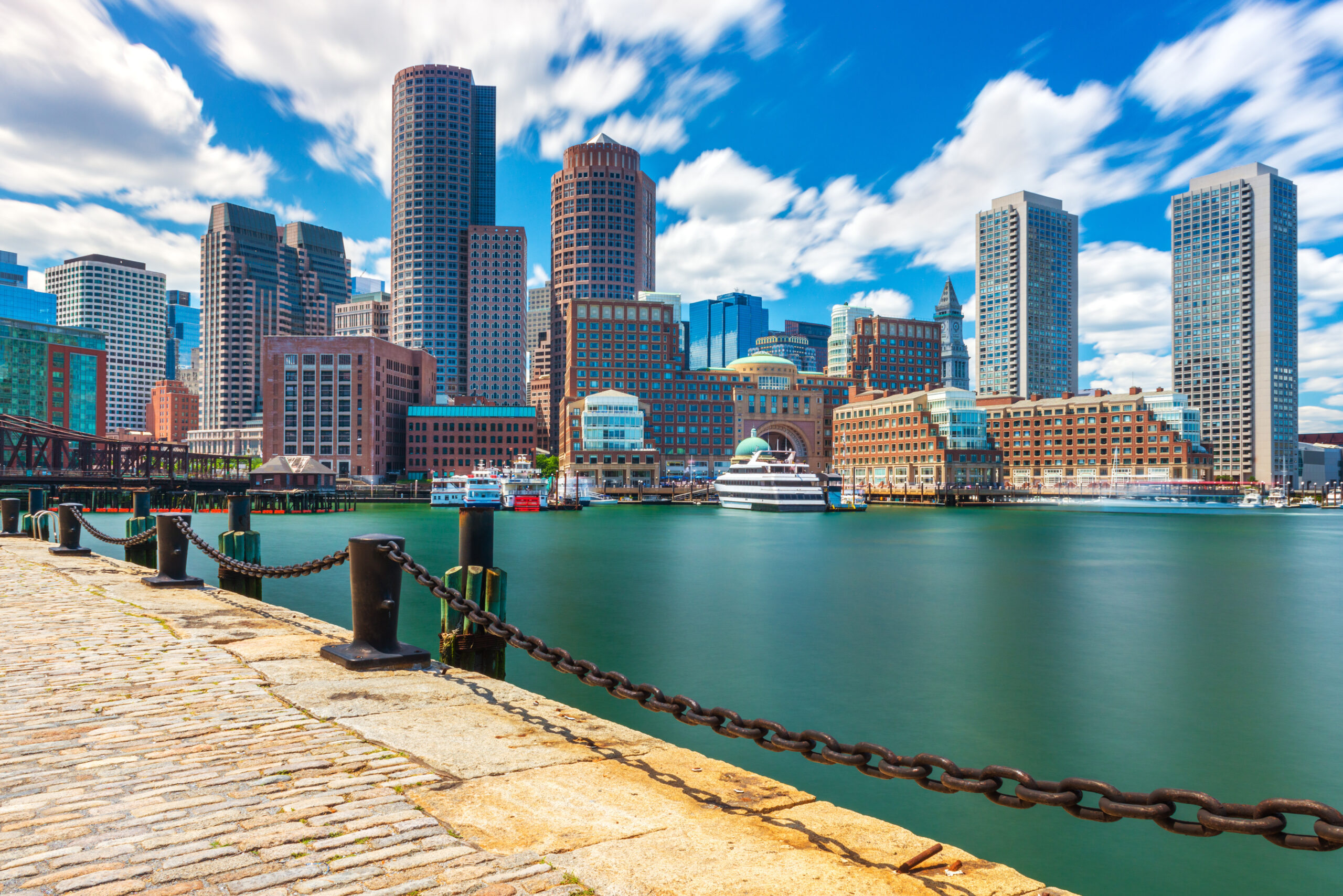
Boston’s historic waterfront and charming neighborhoods are facing a growing climate crisis. Rising sea levels and stronger storms threaten to bring frequent flooding to the city, especially in low-lying areas like the Seaport District. In recent years, heavy rainfall has also become more intense, overwhelming drainage systems and leaving parts of the city underwater. Some projections suggest that by 2050, Boston could see flooding that was once considered a once-in-a-century event happening every few years.
Beyond flooding, Boston is also experiencing hotter summers, with heatwaves becoming more frequent and lasting longer. This poses a challenge for a city not built for extreme heat, with older buildings lacking air conditioning. Climate change could reshape Boston in ways that are hard to predict, affecting everything from real estate to public health. While efforts are being made to adapt, including building seawalls and redesigning infrastructure, the city faces an uphill battle against the changing climate.
The story 10 U.S. Cities Most at Risk from Rising Waters in Our Lifetime – Is Your City on the List and How Bad Could It Really Get? was first published on DailyFetch.


